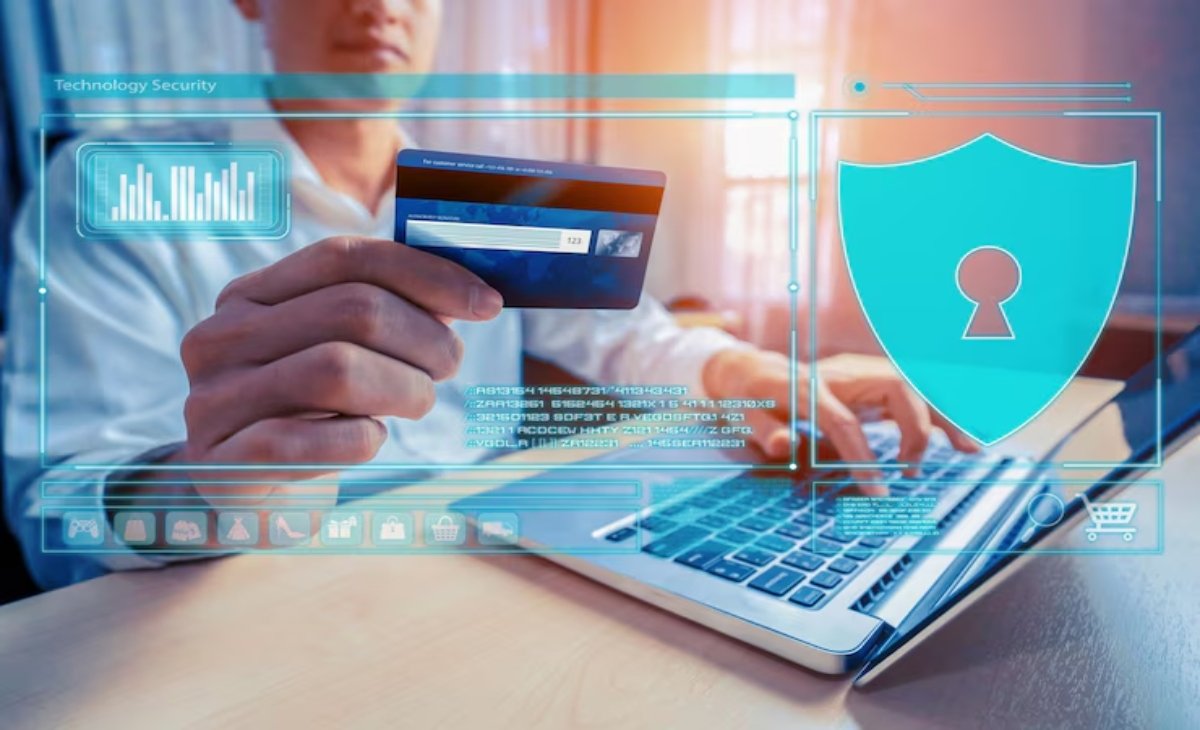Protecting your business banking account is especially important in today’s online world. Cyber risks are changing as quickly as you can implement measures to protect your data and your company’s. Solid security practices can help keep your money safe and protect your business’s reputation. Furthermore, selecting an appropriate financial service to work with, such as a high-risk merchant account, can provide more robust fraud protection and transaction tracking for companies in at-risk industries.
1. Implement Multi-Factor Authentication (MFA)
Multi-Factor Authentication (MFA) adds an extra layer of security by requiring users to provide two or more verification factors to gain access to a system. This could include something you know (a password), something you have (a smartphone app generating a code), or something you are (biometric verification).
Why it matters:
MFA significantly reduces the risk of unauthorized access, even if a password is compromised. It’s a simple yet effective way to enhance your account’s security.
2. Educate Your Employees
Social engineering is still one of the primary sources of breaches. Frequent training can assist staff in spotting a phishing attempt, grasping the importance of a strong password, and implementing good data user practices.
- Topics to be covered in training are:
- Identifying spam Emails and suspicious links
- Why you should have strong and non-duplicate accounts
- Sensible precautions to take with sensitive data
For ongoing education, platforms like Coruzant Technologies provide valuable insights into digital transformation and cybersecurity for business leaders.
3. Regularly Monitor Account Activity
Regularly checking your business bank accounts will allow you to catch unauthorized transactions early. Establish alerts for large or irregular transactions and review account statements frequently.
Pro tip:
Some banks have systems that allow you to set transaction limits or receive alerts for certain activities, which adds another level of oversight.
4. Use Secure Connections and Devices
Always access your business bank account over a secure, private internet connection. Avoid using public Wi-Fi networks for financial transactions. Ensure that all devices accessing your accounts have up-to-date antivirus software and firewalls enabled.
Best practices include:
- Using Virtual Private Networks (VPNs) when accessing accounts remotely
- Ensuring all devices have the latest security patches installed
- Regularly updating passwords and security settings.
5. Implement Dual Authorization for Transactions
For added security, two individuals are required to authorize significant transactions. This dual authorization process ensures that no single person has complete control over financial decisions, reducing the risk of fraudulent activities.
How it works:
- One employee initiates the transaction
- A second, designated employee reviews and approves it
6. Back Up Financial Data Regularly
Keeping backups of your financial data can allow you to recover information during a cyberattack like ransomware. And to minimize the risk of data loss, keep backups in multiple locations, ideally on-premises and in the cloud.
- Backup strategies include:
- With the help of encrypted external drives
- Safe deposit of backups in cloud storage services
- Automating the process of backups to maintain consistency.
7. Be Cautious with Third-Party Integrations
While third-party services can enhance business operations, they can also introduce security vulnerabilities. Ensure that any third-party services integrated with your business bank account adhere to strict security standards.
Considerations:
- Review the security policies of third-party vendors.
- Limit access permissions to only what’s necessary.
- Regularly audit third-party integrations for potential risk.s
Businesses that require payment processing across diverse channels should explore secure options, such as a high-risk merchant account, to mitigate fraud exposure through vetted partners.
8. Choose a Bank with Robust Security Features
It is crucial to select a bank that prioritizes cybersecurity. Look for banks that offer advanced security features, such as real-time fraud detection, secure encryption methods, and dedicated support for business accounts.
Features to look for:
- Real-time transaction monitoring
- Secure encryption for online banking
- Dedicated business account support teams
9. Stay Informed About Emerging Threats
The cybersecurity landscape is constantly evolving. Stay informed about new threats and best practices by subscribing to cybersecurity newsletters, attending webinars, and participating in industry forums.
Resources to consider:
- Cybersecurity blogs and news sites
- Online courses and certifications
- Industry-specific security conferences, such as those covered by Coruzant Technologies, which explores innovation and risk management trends.
10. Develop an Incident Response Plan
Despite best efforts, breaches can occur. A well-defined incident response plan ensures your team knows how to react swiftly and effectively to minimize damage.
Key components of an incident response plan:
- Clear roles and responsibilities
- Step-by-step procedures for containment and recovery
- Communication protocols with stakeholders and authorities
Conclusion
Keeping your business bank account safe from cybercrime demands a proactive, multifaceted defense. Following these best practices, you can minimize unauthorized access and loss of money. Whether working in a sensitive field or in a high-risk one, utilisation of resources such as a high-risk merchant account to stay updated through avenues such as Coruzant Technologies means that you are always ahead of the game. Remember that cybersecurity is a continuous endeavor in which technology, people, and policies work together.








